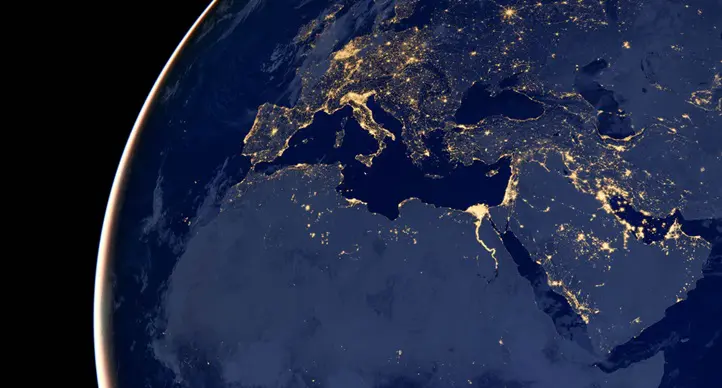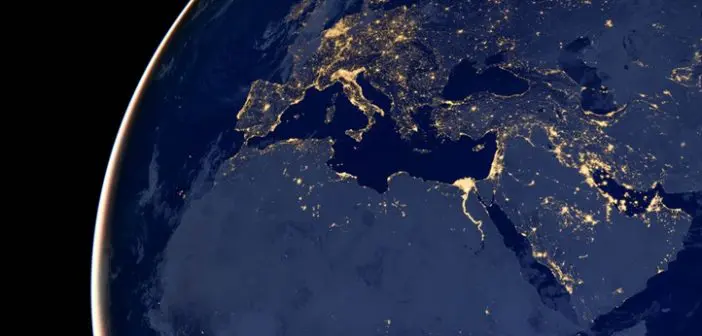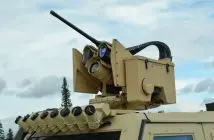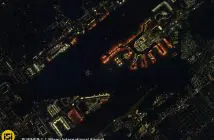
Written by staff writer.
Iran’s state-run IRNA news agency says that country’s Revolutionary Guards’ space program successfully sent a Soraya satellite into orbit on January 20, 2024.
The report said a three-stage Qaem 100 rocket, an expendable, small-lift, space launch vehicle (SPV) developed by the Islamic Revolutionary Guard Corps (IRGC), carried the satellite into space from the IRGC’s launch pad on the outskirts of the city of Shahroud. The Corps said it is now orbiting 750 kilometres above the Earth’s surface – the highest ever orbit for an Iranian-made satellite. Footage of the launch, albeit unverified, is circulating online. The IRGC has not said what the satellite’s function is.
Previously, the United States has said Iran’s satellite launches violated a UN Security Council resolution. Other western governments have also expressed reservations about Iran’s space activities. The United States claims the development of Iran’s satellite launch vehicle has the dual benefit of developing the country’s intercontinental ballistic missile program because of the similar technologies involved. The Iranian government has denied these claims. Space & Defense has contacted the White House for comment on the launch.
Iran has possessed a sovereign launch capability since 2009 and is a founding member of the United Nations Committee on the Peaceful Uses of Outer Space (COPUOS). Its civil space sector, overseen by the Iranian Space Agency, has successfully developed a series of launch vehicles and managed several launches.
However, the IRGC also runs its own space program under the aegis of the IRGC Aerospace Force and successfully launched its first military satellite in 2020. At the time, Israeli intelligence described the launch as “an important accomplishment for the Iranian space program in general and its military in particular.”
Since its inception, IRGC Aerospace Force’s space-related activity has outpaced and overshadowed Iran’s civilian space agency.
Iran now has one of the biggest space programs in the region. However, its launches are suffering from reliability issues. Its Simorgh rocket, a two-stage, liquid-fueled space launch vehicle, has reportedly experienced several successive launch failures. Parts of these rockets, including their engines, are believed to have been manufactured with assistance from North Korea.
This weekend’s launch was the third test of the Qaem 100 rocket. Iranian outlets, briefed by senior IRGC officials, are starting to report that the satellite has begun transmitting telemetry data.
The launch comes despite most Western nations imposing sanctions on Iran, including banning the provision of materials that may have military applications. As a result, Iran has turned to non-western aligned nations for assistance with its space program and ongoing launches.
The commander of the IRGC Aerospace Force has described the Qaem 100 as the first of what will be a series of space launch vehicles, including the still-under-development Qaem 105, Qaem 110 and Qaem 200 vehicles. The latter is designed to allow the IRGC to put a satellite into orbit 36,000 kilometres above Earth.





